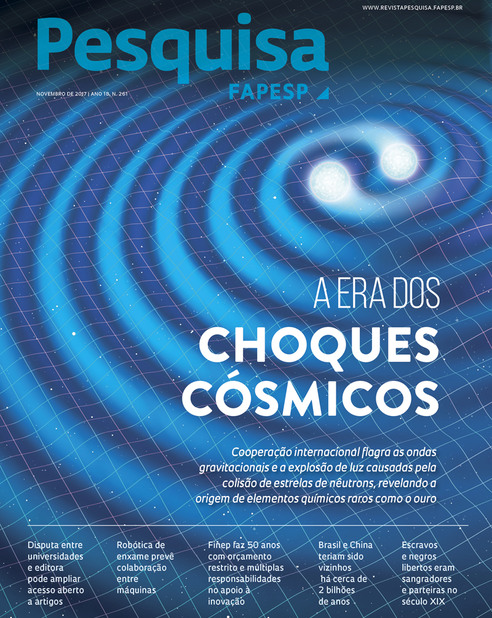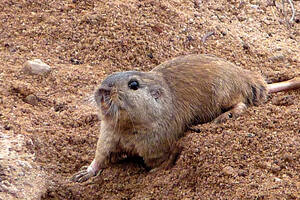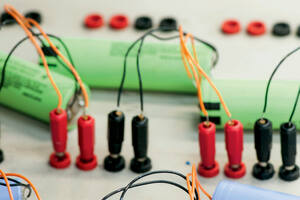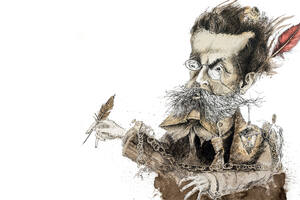Issue # 261 _ November 2017
Cover
- Cosmic cataclysm
- Colliding neutron stars emit gravitational waves and light, sparking an international race to learn about unprecedented astronomical event By Igor Zolnerkevic and Ricardo Zorzetto
- Source of gold and a way to measure the expansion of the universe
- Colliding stars produce heavy chemical elements and allow scientists to measure the rate at which the universe is expanding By Ricardo Zorzetto
- Searching for light from the neutron stars
- The race to discover the origin of the phenomenon, which involved 70 observatories, was won by a small, old telescope By Marcos Pivetta
- Marcelle Soares-Santos: Collision hunter
- Brazilian physicist leads a group that searches for emissions of light associated with the production of gravitational waves By Ricardo Zorzetto
S&T Policy
DONATION

An auction for science
PR specialist May Rubião left part of her estate to FAPESP to fund stem-cell research
By Fabrício MarquesGENDER

To challenge stereotypes
Projects stir interest in the sciences among female high school students
By Bruno de PierroJOURNALS
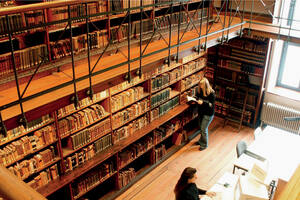
A stir in the library
German universities wrestle with publishing giant to expand open access to papers and reduce costs
By Fabrício MarquesADAM BROWN
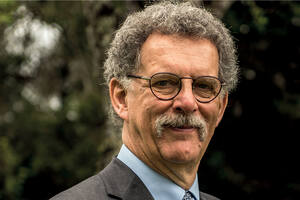
Adam Brown: A roadmap to navigate technology hurdles
British bioenergy expert says the sector has lost momentum and needs greater public policy support
By Bruno de PierroScience
SCIENTIFIC DISSEMINATION

Dancing for science
Brazilian researcher wins Science magazine’s “Dance Your PhD” contest
By RedaçãoMichael Shermer

Michael Shermer: In favor of reason
American science communicator fights irrational thinking and fundamentalism
By Marcos PivettaTechnology
COMPUTING

Robot swarms
Field of robotics aims to program machines to perform tasks as a coordinated group
By Marcos de Oliveira
